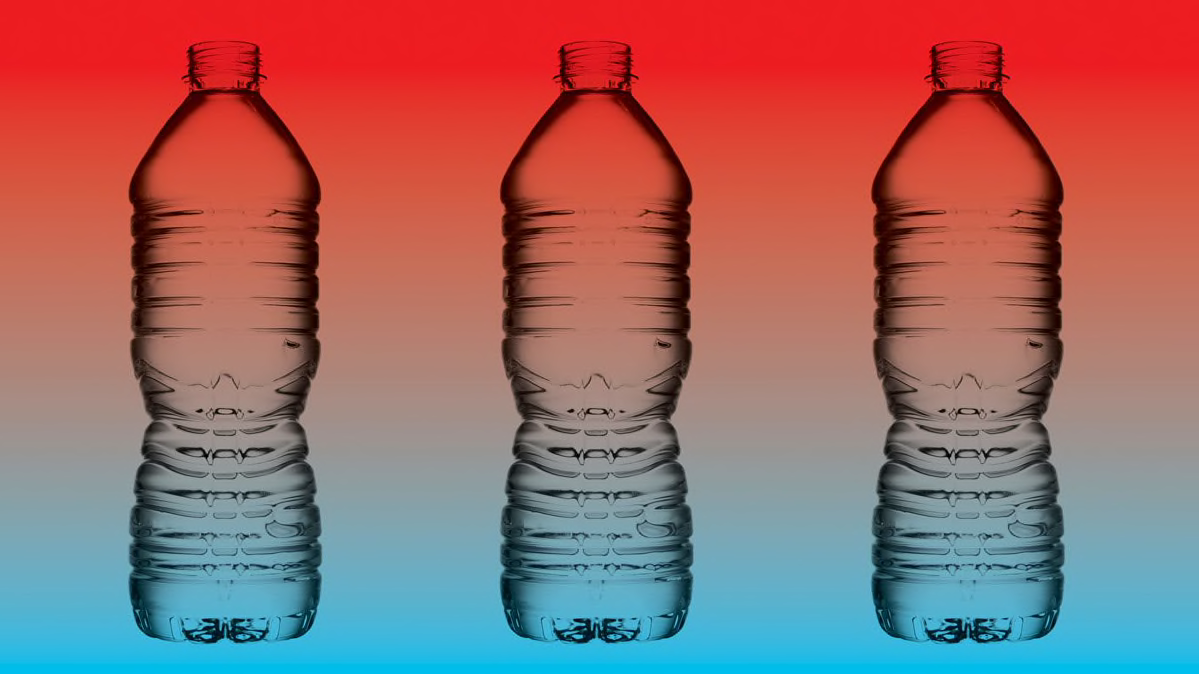
All carbonated water that CR tested fell below legal limits for heavy metals, and none had arsenic levels above CR’s recommended maximum of 3 parts per billion. But many products had measurable amounts of PFAS.
There are a few possible reasons. Phil Brown, at the PFAS Project Lab at Northeastern University in Boston, says the carbonation process could be a factor. The source water could also have more PFAS, or treatment used by some brands doesn’t remove PFAS to below 1 part per trillion.
CR heard back from all companies with PFAS levels above 1 ppt, except for Bubly. La Croix and Canada Dry said levels in their products were well below current standards or requirements. Topo Chico, made by Coca-Cola and with the highest PFAS levels in CR’s tests, said it would “continue to make improvements to prepare for more stringent standards in the future.” Nestlé, maker of Poland Spring and Perrier, said that its recent testing did not detect PFAS and that it supports efforts to set federal limits. LaCroix and Polar challenged how CR arrived at our total PFAS amounts. For details, read CR’s methodology for testing bottled water (PDF).
Brian Ronholm, CR’s director of food policy, says that PFAS in carbonated water highlights the need for the federal government to set science-based limits for PFAS compounds in tap and bottled drinking water. “The fact that so many brands had total PFAS below 1 ppt shows it is feasible to get to more protective levels,” he says.
"really" - Google News
September 24, 2020 at 05:00PM
https://ift.tt/3mNXJrh
What's Really in Your Bottled Water? - ConsumerReports.org
"really" - Google News
https://ift.tt/3b3YJ3H
https://ift.tt/35qAk7d
Bagikan Berita Ini














0 Response to "What's Really in Your Bottled Water? - ConsumerReports.org"
Post a Comment